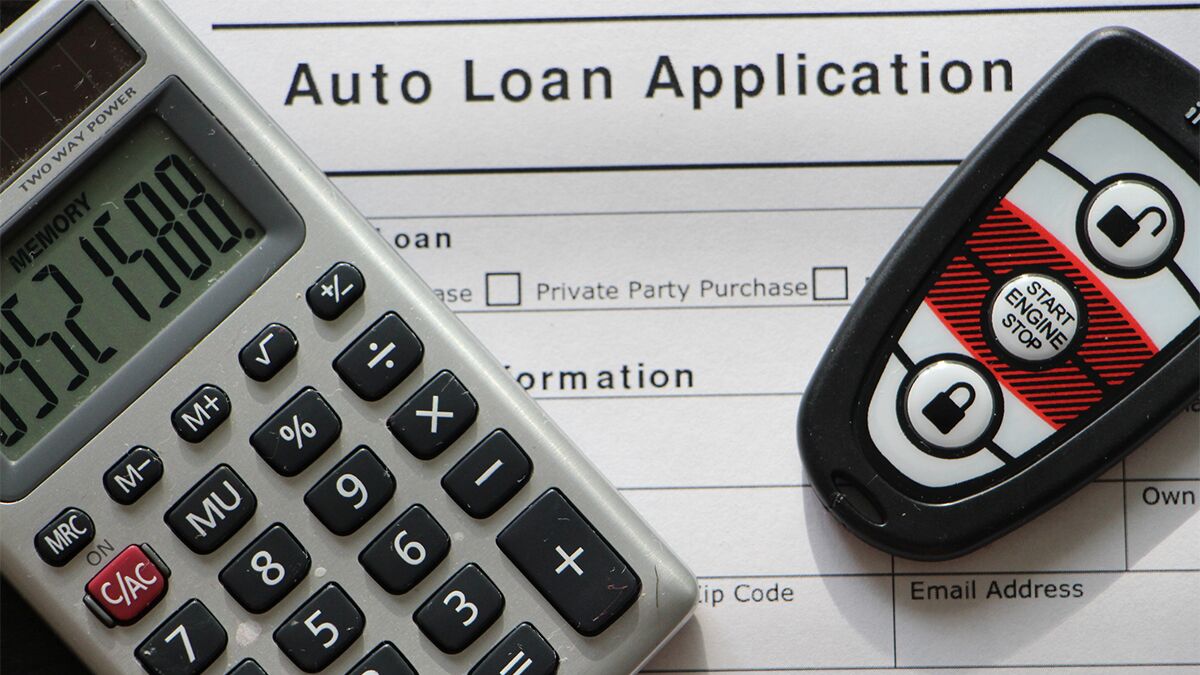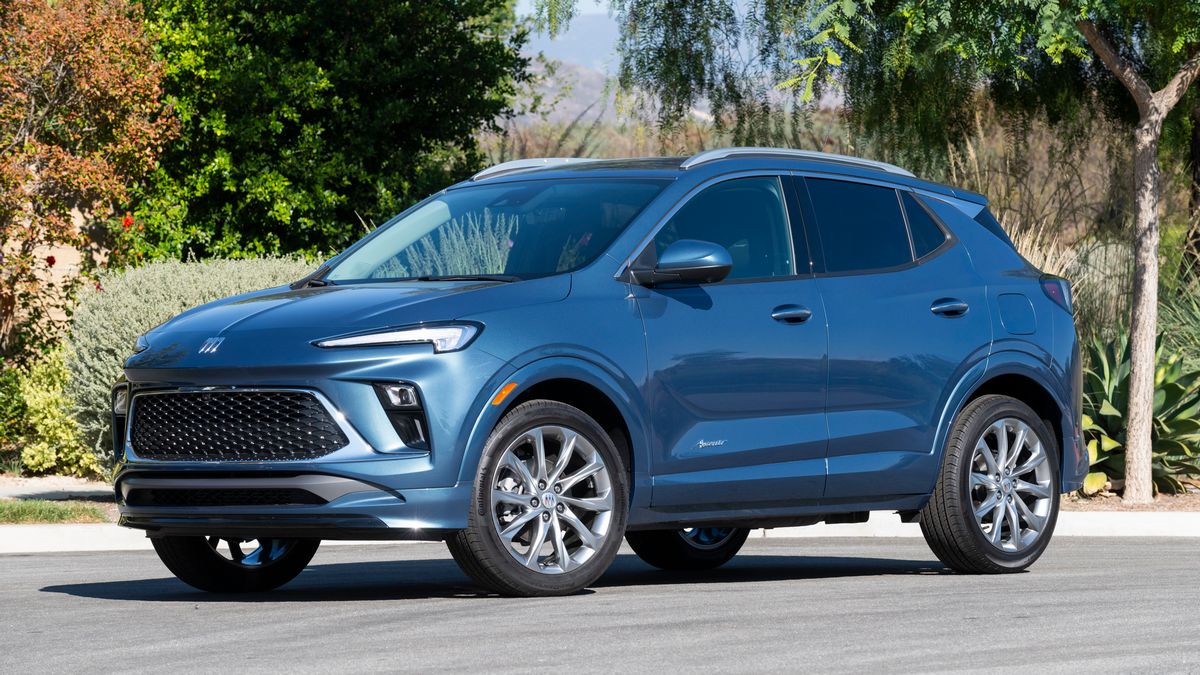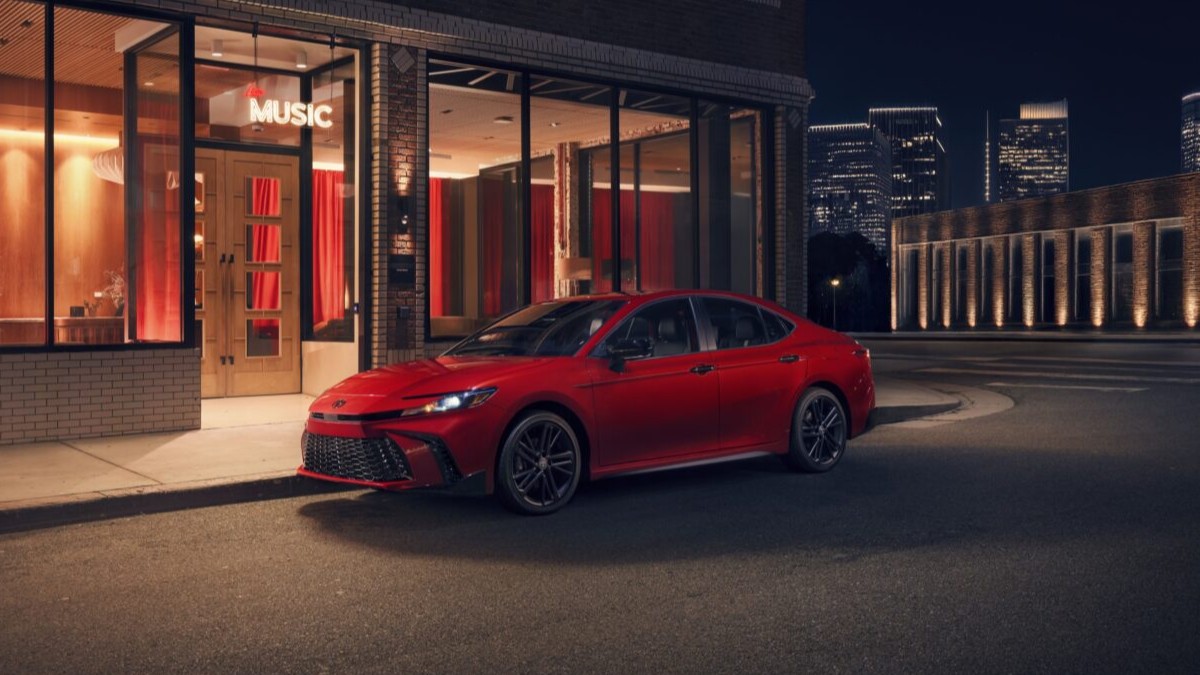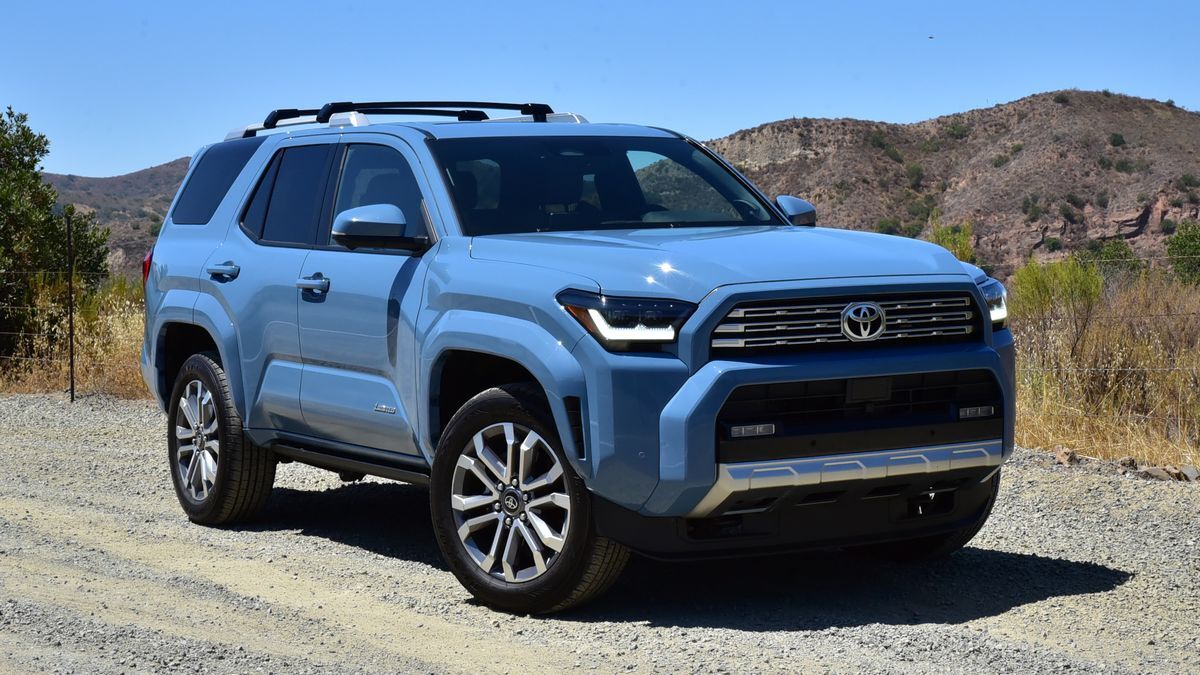- A new report from credit bureau TransUnion finds the average new car payment is now $758
- More Americans are 60 days behind on their car loans, but the pace of that growth is slowing
As new car prices rose in the second quarter of 2025, Americans found themselves deeper in car debt. The number of people over 60 days behind on their payments (delinquent) continues to grow. But there are positive signs for the credit market — the pace of delinquency growth has begun to slow.
Those numbers come from credit bureau TransUnion, which has published its second-quarter Credit Industry Insights Report.
Related: Auto Credit Access Improved in July
Researchers found that, for the most part, “American consumers are exhibiting steady and disciplined credit behavior, with signs of stabilization and measured growth across key lending categories — even as they continue to navigate a complex economic landscape.”
New Car Payments Rising Faster Than Used Car Payments
- The average used car buyer pays $11 more per month than they did in 2022
- The average new car buyer pays $79 more
The average new car buyer took out a loan worth $42,549 last quarter, TransUnion finds. The average used car buyer took out $26,583. The average balance of $24,602 is lower than both because most buyers are still paying on a loan started before the last quarter.
New car buyers took on a payment of $758 per month, $79 more than three years ago and $11 more than the second quarter of last year.
Related: Is Now the Time to Buy, Sell, or Trade in a Car?
The average used car buyer last quarter took on a monthly payment of $531. That’s just $11 more than in 2022, but most of that growth has occurred in just the last year. In the second quarter of 2024, buyers paid just $9 less per month.
Satyan Merchant, senior vice president, automotive and mortgage business leader at TransUnion, cites rising sticker prices for the growth. “We have observed a modest upward trend in pricing. This development may contribute to growing affordability challenges for a broad segment of consumers,” Merchant says.
Rising Prices May Squeeze Out Younger Buyers
- TransUnion notes that buyers with strong, established credit histories could come to dominate the new car market
- Some worry that American automakers are neglecting young, early-career shoppers, which could pose a long-term threat
With prices rising, buyers with strong credit (so-called “super-prime” shoppers) could make up a greater proportion of shoppers in the future, Merchant says.
That compounds an existing trend in the auto industry, as automakers increasingly build more expensive cars for higher-income, better-credit shoppers. Kelley Blue Book analysts expect the last sub-$20,000 car in history to roll off a dealership lot this month or next.
Related: Lenders Report Spike in Auto Loan Refinancing
That has some industry insiders worried that American automakers could dig themselves a dangerous hole.
A recent YouGov survey found that 51% of owners of American car brands are now over 55, while those under 34 tend to buy imported cars.
Industry analyst Sam Abuelsamid of Telemetry recently noted that, “While this strategy helps boost the quarterly bottom line and has traditionally appealed to Wall Street investors, it effectively abandons the pipeline of customers needed to buy those profitable vehicles 10 to 20 years from now.”








